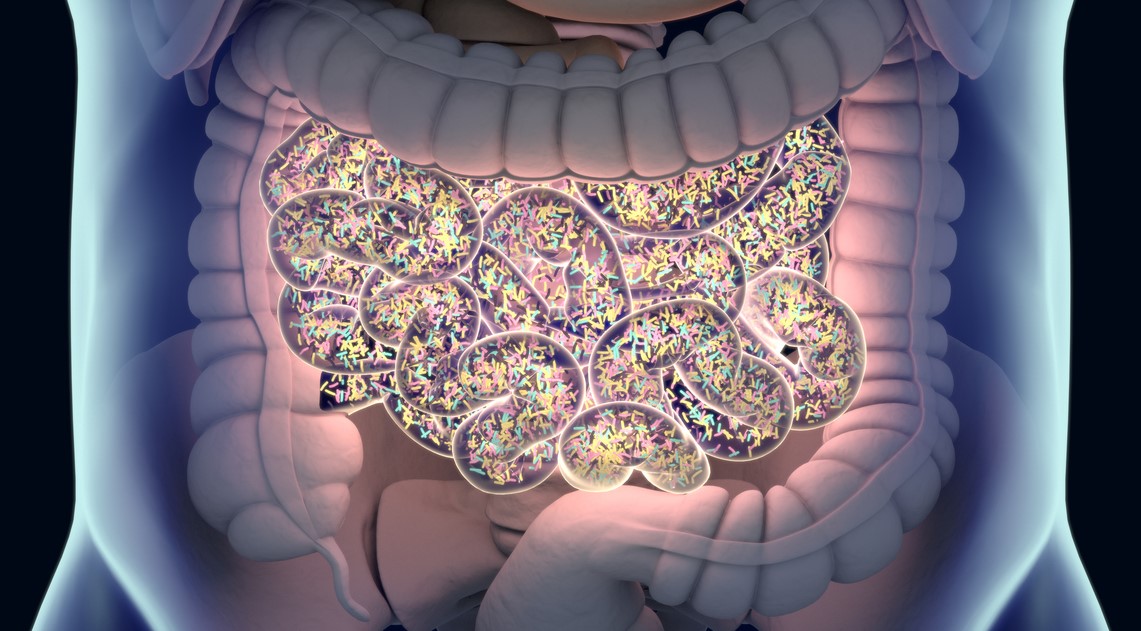2024-11-08
Retroperitoneal lymph node dissection: a promising alternative for treating clinical stage II A/B seminomas ?
Oncology
Clinical stage II A/B seminomas, a
type of testicular cancer, are typically managed with chemotherapy or
radiotherapy. While effective, these treatments are associated with significant
short- and long-term toxicities, which increase the risks of cardiovascular
complications and secondary cancers. In this context, retroperitoneal lymph
node dissection (RPLND)—a surgical procedure that removes retroperitoneal lymph
nodes—has emerged as a potentially less toxic alternative. Drawing from a
recent systematic review and meta-analysis, this article examines the efficacy
and safety of RPLND as a first-line treatment for clinical stage II A/B
seminomas.
This study analyzed data from 331 patients with clinical stage II A/B seminomas. The main outcomes assessed were recurrence rates, two-year recurrence-free survival, and complication rates.
The study findings indicate that RPLND showed a moderate recurrence rate (17.69%) and a high two-year recurrence-free survival rate (81%). With a low incidence of severe complications—9.16% for minor complications and 8.83% for complications classified as Clavien-Dindo grade > 2—RPLND demonstrated acceptable safety for carefully selected patients. The main side effects included a low rate of ejaculatory dysfunction (7.01%) and minimal blood loss during surgery (averaging 105.91 mL).
The findings from this study suggest that RPLND is a viable therapeutic option for patients with clinical stage II A/B seminomas, offering high survival rates, along with low recurrence and complication rates compared to traditional treatments (radiotherapy or chemotherapy). However, variations in surgical techniques and the absence of randomized trials limit widespread recommendations. Further research is needed to directly compare the effectiveness of RPLND with standard treatments and assess its long-term impact on survival and quality of life. Additionally, identifying predictive factors for success could facilitate a more precise selection of candidates for this procedure, paving the way for personalized treatment strategies.
Is RPLND an effective and safe option for treating clinical stage II A/B seminomas?
This study analyzed data from 331 patients with clinical stage II A/B seminomas. The main outcomes assessed were recurrence rates, two-year recurrence-free survival, and complication rates.
The study findings indicate that RPLND showed a moderate recurrence rate (17.69%) and a high two-year recurrence-free survival rate (81%). With a low incidence of severe complications—9.16% for minor complications and 8.83% for complications classified as Clavien-Dindo grade > 2—RPLND demonstrated acceptable safety for carefully selected patients. The main side effects included a low rate of ejaculatory dysfunction (7.01%) and minimal blood loss during surgery (averaging 105.91 mL).
Retroperitoneal lymph node dissection: a viable therapeutic alternative for clinical stage II A/B seminomas
The findings from this study suggest that RPLND is a viable therapeutic option for patients with clinical stage II A/B seminomas, offering high survival rates, along with low recurrence and complication rates compared to traditional treatments (radiotherapy or chemotherapy). However, variations in surgical techniques and the absence of randomized trials limit widespread recommendations. Further research is needed to directly compare the effectiveness of RPLND with standard treatments and assess its long-term impact on survival and quality of life. Additionally, identifying predictive factors for success could facilitate a more precise selection of candidates for this procedure, paving the way for personalized treatment strategies.

Last press reviews
What if intracellular microbes promote metastasis in breast cancer?

By Lila Rouland | Published on October 31, 2025 | 3 min read<br>
TNBC and the microbiome: bacteria in the crosshairs

By Ana Espino | Published on October 30, 2025 | 3 min read<br>
FOXC1: The GPS for Capecitabine in TNBC?

By Ana Espino | Published on October 29, 2025 | 3 min read<br>